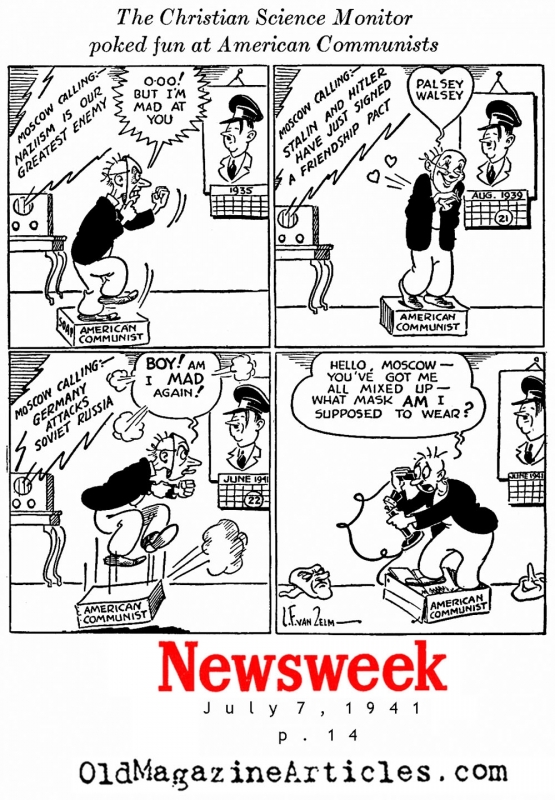In April, 1945, elements of the U.S. First Army barreled across the countryside of central Germany. Coming across the chateau outside of the Harz Mountain village of Degenershausen it must have seemed to them to be just another pretty pile of high class European rocks, just like all the other ones they'd been stumbling upon since D-Day - but they soon found that the joint was used to house many of the records of pertaining to German diplomacy between the years 1871 through 1944. This article lays bare some of the hidden details in the agreement that was struck between foreign ministers Molotov and Ribbentrop in 1939; the treaty that came to be known as the Hitler-Stalin Non-Aggression Pact.
In September, 1939, German diplomat Karl Schnurre (1898 - 1990) went to Moscow to negotiate the Nazi-Soviet alliance. At some point during the discussions, he remarked to a reporter:
"...despite all the differences in their respective worldviews, there is one common element in the ideologies of Germany and, Italy and the Soviet Union: opposition to the capitalist democracies. Neither we nor Italy have anything in common with the capitalist West. Therefore it seems to us rather unnatural that a socialist state would stand on the side of the Western democracies."
[This quote appeared in a Wall Street Journal editorial from August 23, 2019: page a15. The writer was historian Julian Geren Pilon, author of The Utopian Conceit and the War on Freedom ]
]
Stalin signed a non-aggression pact with fascist Japan on April 13, 1941.
Click here to read about the post-war trial of Norway's Quisling.
